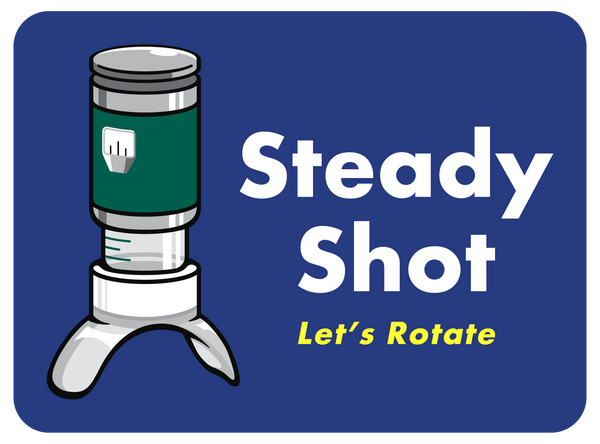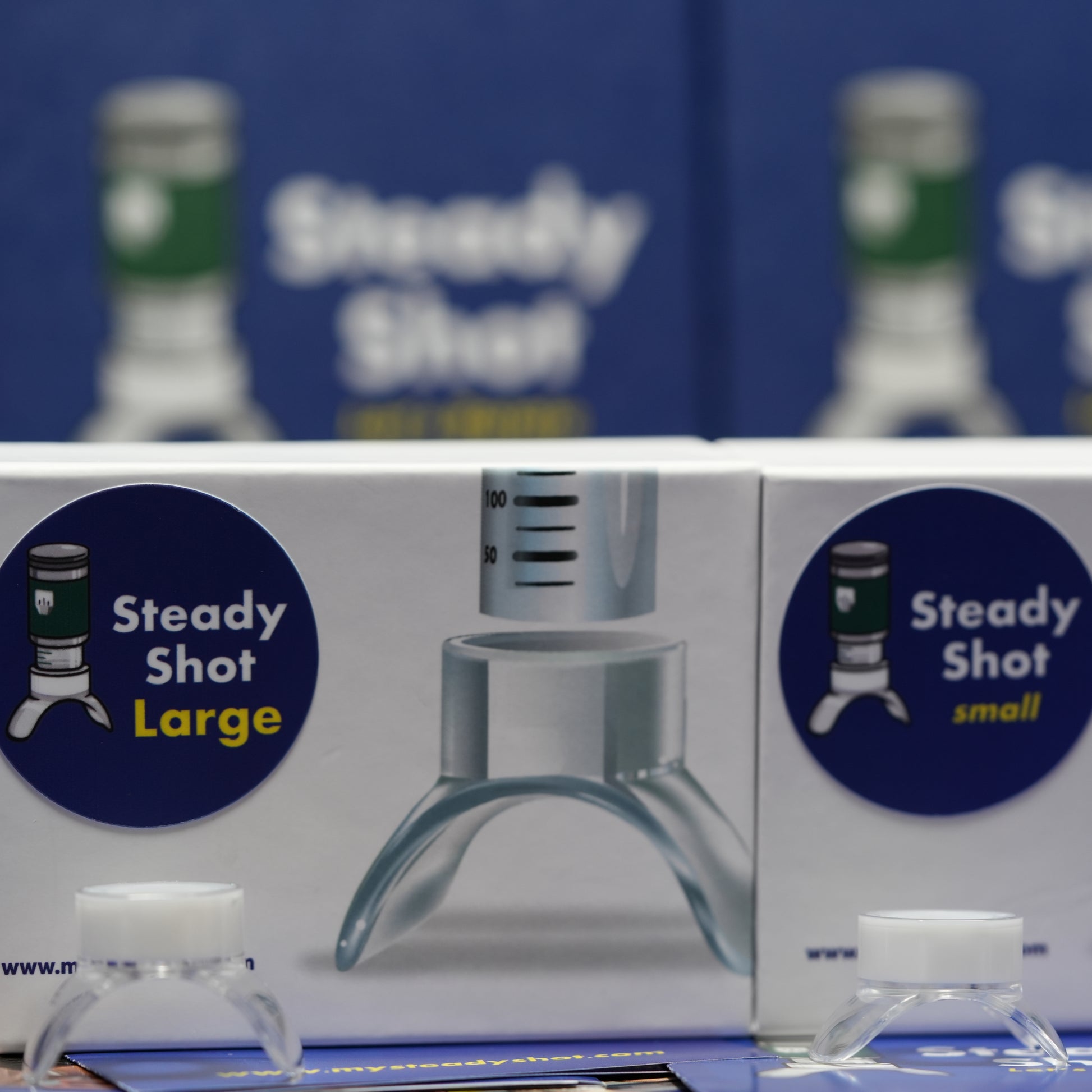
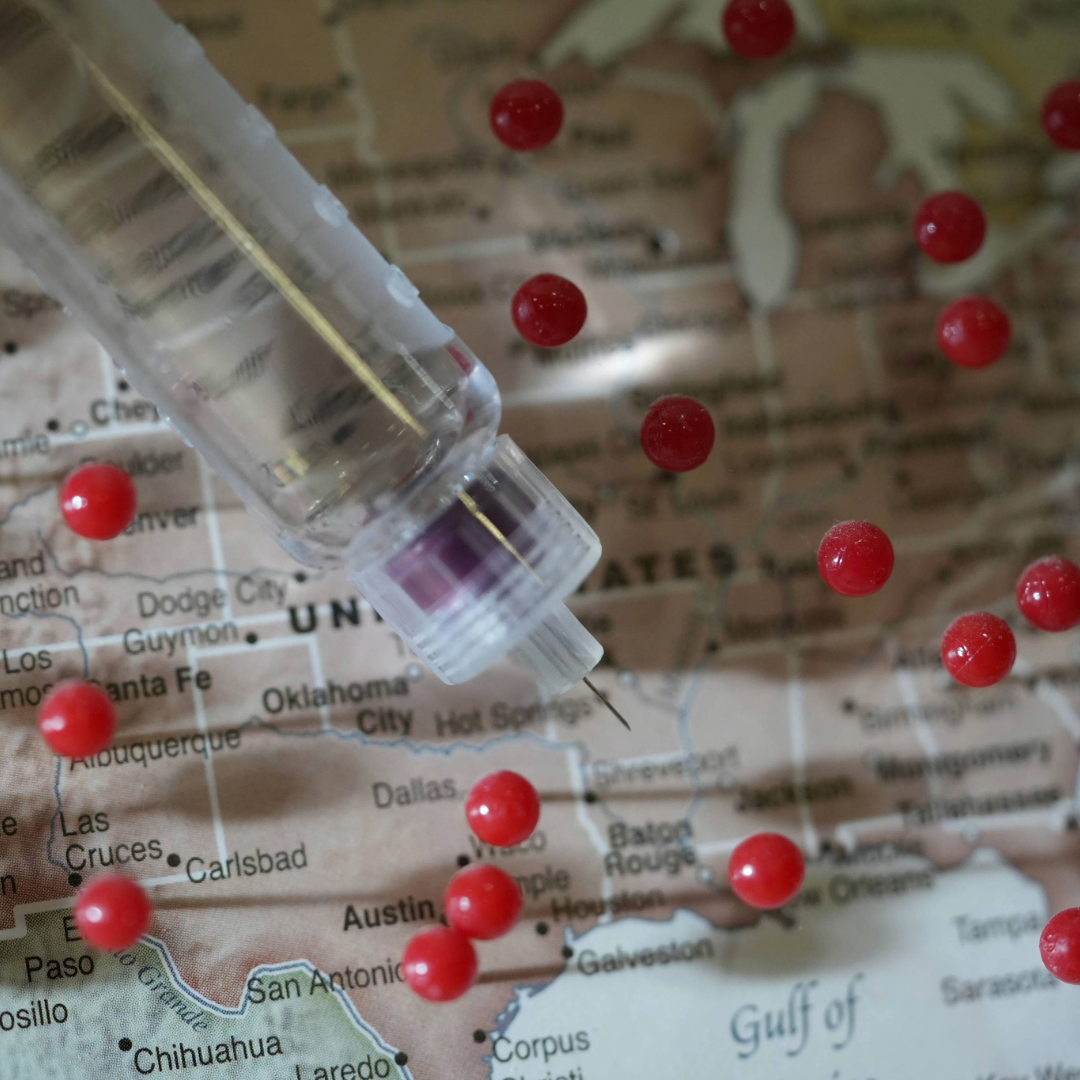
Same Spot
Injecting in the same spot damages subcutaneous tissue over time.
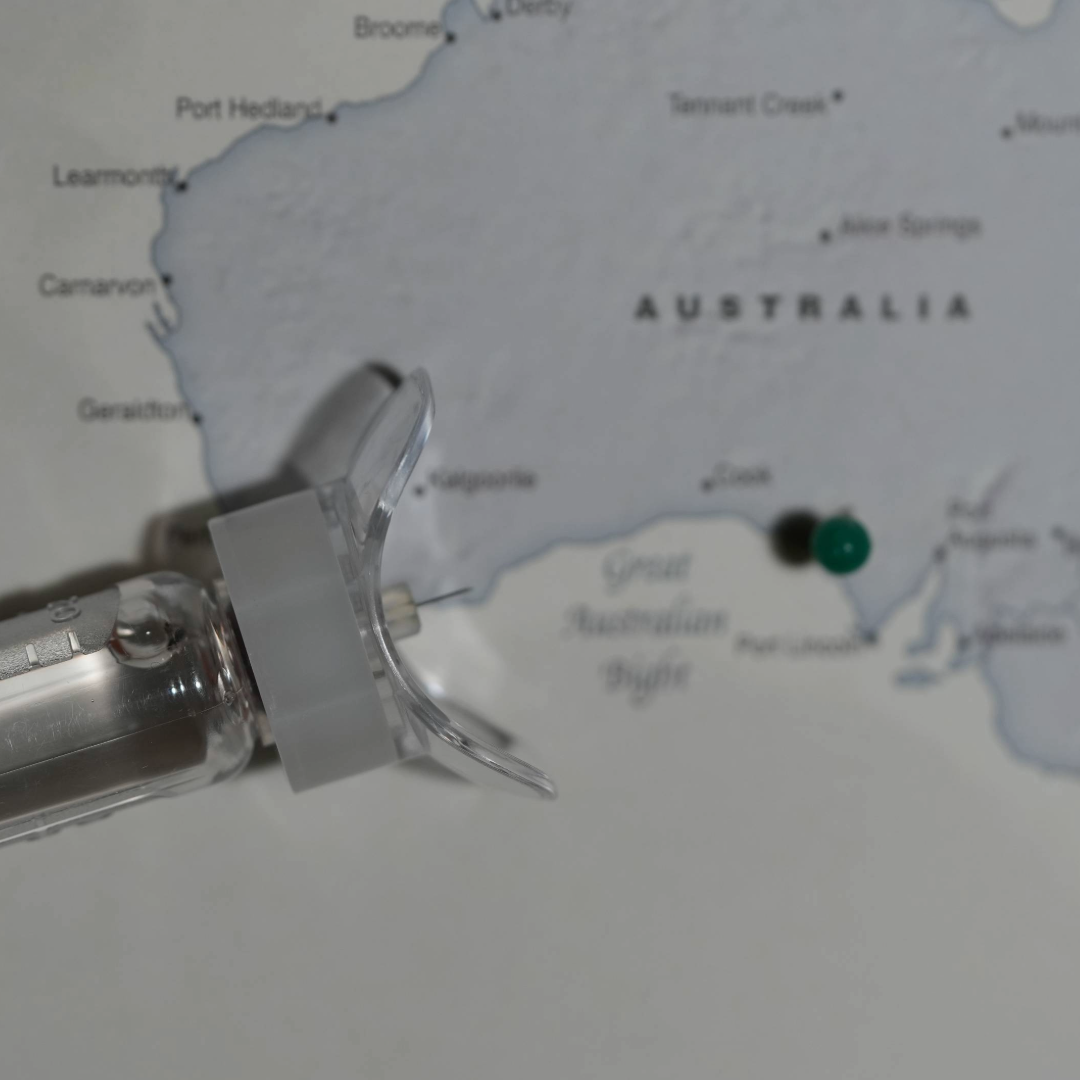
New Spot
Injecting in a new spot allows frequently injected areas to heal.
Where To Inject & Absorption
Arm fat (back or sides)
Absorption Rate: Moderate, in between the abdomen and thighs.
Why: The arm has decent blood flow, though slightly less than the abdomen.
Common Use: Typically used for shorter-acting insulins, but rotation of all sites is important to avoid lipohypertrophy and maintain consistent absorption.
Belly fat
Absorption Rate: Fastest.
Why: The abdomen has a rich blood supply, allowing for quicker absorption.
Common Use: Often preferred for rapid-acting insulin due to its fast absorption.
Side-torso fat (“love handle” area)
Moderate to Slow: The side-torso or love handle area usually has a good layer of subcutaneous fat, which can slow down absorption compared to the abdomen but may be faster than the thighs or buttocks, depending on the person.
Why: Like other injection sites, the side-torso has subcutaneous fat, but blood flow to this area tends to be lower than the abdomen, leading to a slower absorption rate. However, it is still within the range for consistent insulin delivery, especially if you rotate injection sites regularly.
Suitability for Insulin Types:
Intermediate to Long-Acting Insulin: Due to the moderate-to-slow absorption rate, the side-torso might be suitable for longer-acting insulins (like NPH or basal insulins such as glargine or detemir) where a slower, more sustained absorption is desired.
Short-Acting Insulin: If using rapid-acting insulin in this area, the onset might be slightly slower compared to injecting in the abdomen, so timing adjustments might be needed.
Lower back fat
Absorption Rate: Moderate to slow.
Why: The lower back or flank area generally has a good layer of subcutaneous fat, but blood flow is lower compared to areas like the abdomen. This results in a slower and more gradual absorption of insulin. It's similar to the thighs or buttocks, making it suitable for longer-acting insulins that need to be absorbed steadily over time.
Suitability for Insulin Types:
Best for Intermediate or Long-Acting Insulins: The moderate-to-slow absorption makes the lower back area ideal for basal (long-acting) or intermediate-acting insulins, where a gradual release over 12 to 24 hours is desired.
Less Ideal for Rapid-Acting Insulins: Due to slower absorption, rapid-acting insulin might not act as quickly as needed to manage post-meal blood sugar spikes.
Butt fat (upper, middle, sides, etc.)
Absorption Rate: Slow, similar to or slightly slower than the thighs.
Why: The buttocks have a thicker layer of subcutaneous tissue, which slows absorption.
Common Use: Suitable for longer-acting insulins.
Thigh fat (on the outer or inner sides of your leg)
Absorption Rate: Slower than the abdomen.
Why: The subcutaneous tissue in the thighs has less blood flow compared to the abdomen.
Common Use: This site is often used for long-acting insulin because the slower absorption is ideal for prolonged release.
Factors influencing absorption
Activity Level: Physical activity involving the arm, such as exercise, can increase blood flow and speed up absorption.
Depth of Injection: The accuracy of injecting into the subcutaneous fat (not too deep into the muscle) ensures proper absorption.
Skin Condition: Lipohypertrophy (fatty lumps) from repeated injections at the same spot can slow absorption, which is why rotating injection sites is important.
Does insulin type matter?
1. Rapid-Acting Insulin (e.g., Lispro, Aspart)
- Preferred Injection Site: Abdomen.
- Why: The abdomen provides the fastest absorption rate, which is ideal for rapid-acting insulins designed to quickly lower blood glucose after meals.
- Other Possible Sites: Upper arms can also be used, though absorption may be slightly slower compared to the abdomen.
2. Short-Acting (Regular) Insulin
- Preferred Injection Site: Abdomen.
- Why: Like rapid-acting insulin, short-acting insulin benefits from faster absorption for better blood sugar control around meals.
- Other Possible Sites: Upper arms are also a reasonable option but may slow the onset slightly.
3. Intermediate-Acting Insulin (e.g., NPH)
- Preferred Injection Sites: Thighs or buttocks.
- Why: These sites have slower absorption, which suits the delayed onset and prolonged effect of intermediate-acting insulin. A slower absorption helps smooth out insulin levels over a longer period, reducing the risk of hypoglycemia between meals.
- Other Possible Sites: Side torso (love handle area) or upper arms, though these may still have moderate absorption.
4. Long-Acting Insulin (e.g., Glargine, Detemir, Degludec)
- Preferred Injection Sites: Thighs, buttocks, or side torso.
- Why: Long-acting insulins are designed to provide a slow, steady release over 24+ hours, so injecting into sites with slower absorption helps maintain this consistency.
- Other Possible Sites: Upper arms or abdomen, though the abdomen may speed absorption more than desired, leading to less predictable effects.
5. Pre-mixed Insulin (e.g., 70/30, 50/50)
- Preferred Injection Sites: Thighs or buttocks.
- Why: Pre-mixed insulin contains both rapid- or short-acting and intermediate-acting components. The slower absorption from these sites helps with the long-lasting component, while still allowing for an initial insulin response.
- Other Possible Sites: Side torso or upper arms can also work, but faster sites like the abdomen should generally be avoided unless specifically advised by a healthcare provider.
Benefits of Rotating
-
Reduces Lipohypertrophy
Rotating sites helps prevent fatty lumps from forming under the skin, which can disrupt insulin absorption and lead to inconsistent blood sugar control.
-
Improves Insulin Absorption
Using fresh injection sites ensures that insulin is absorbed efficiently, providing more predictable blood glucose management.
-
Reduces Skin Irritation and Discomfort
Regularly changing injection sites minimizes the risk of skin irritation, bruising, and pain, making injections more comfortable in the long term.
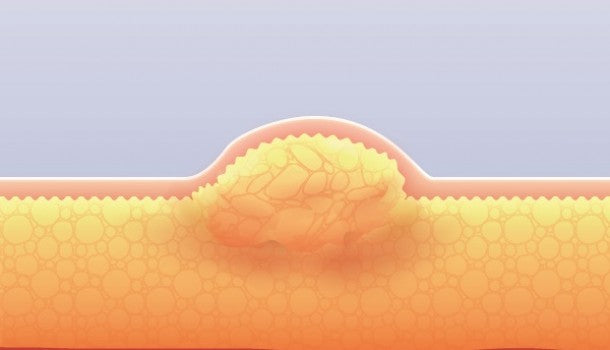
Lipohypertrophy
the thickening or lumping of fatty tissue under the skin caused by repeated insulin injections at the same site, which can impair insulin absorption.
Studies have found lipohypertrophy in a majority of patients with diabetes.
Learn More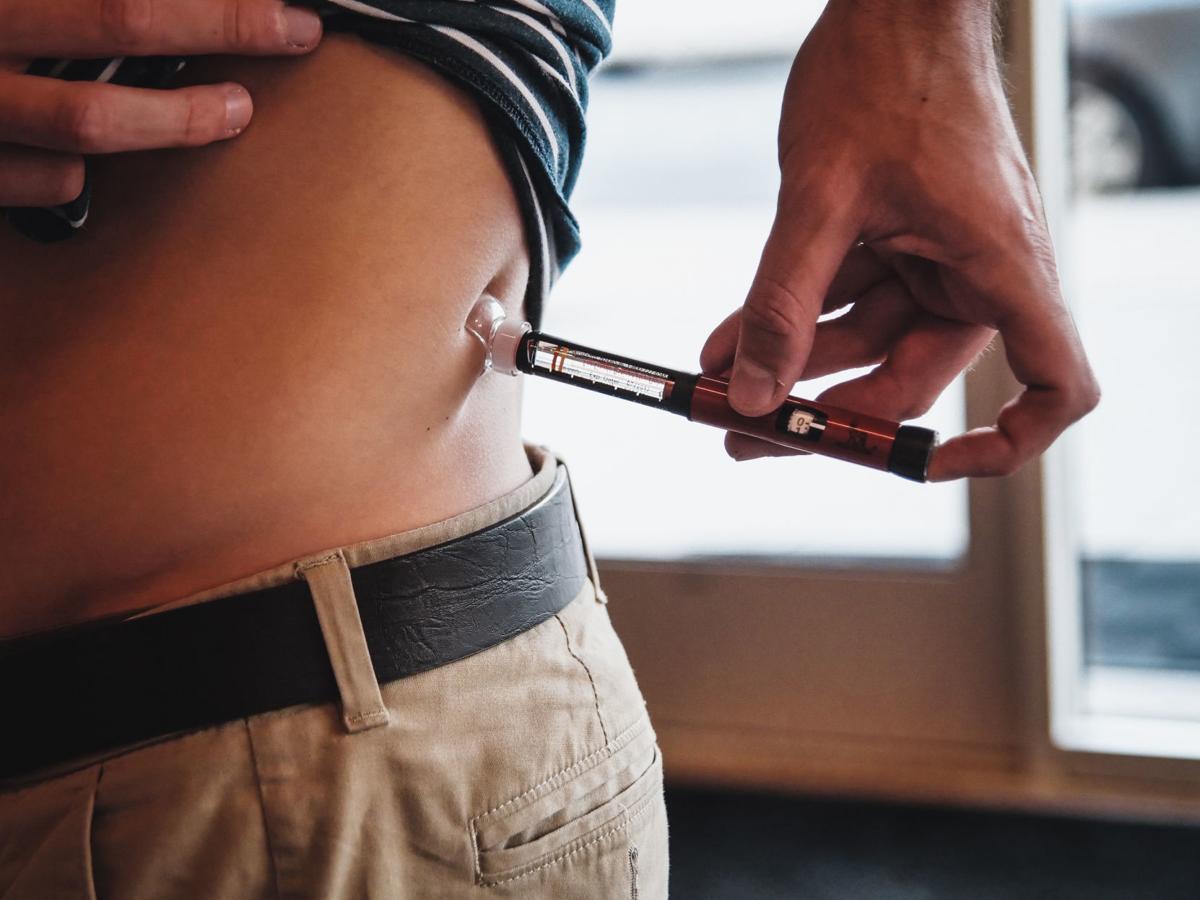
Steady Shot may help reach new injection sites with your other hand.
Let's Rotate!
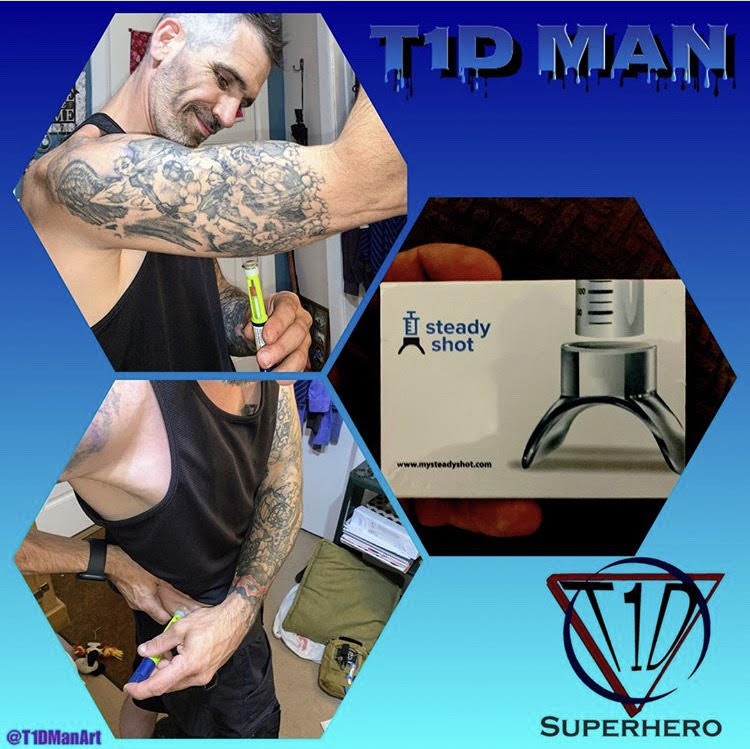
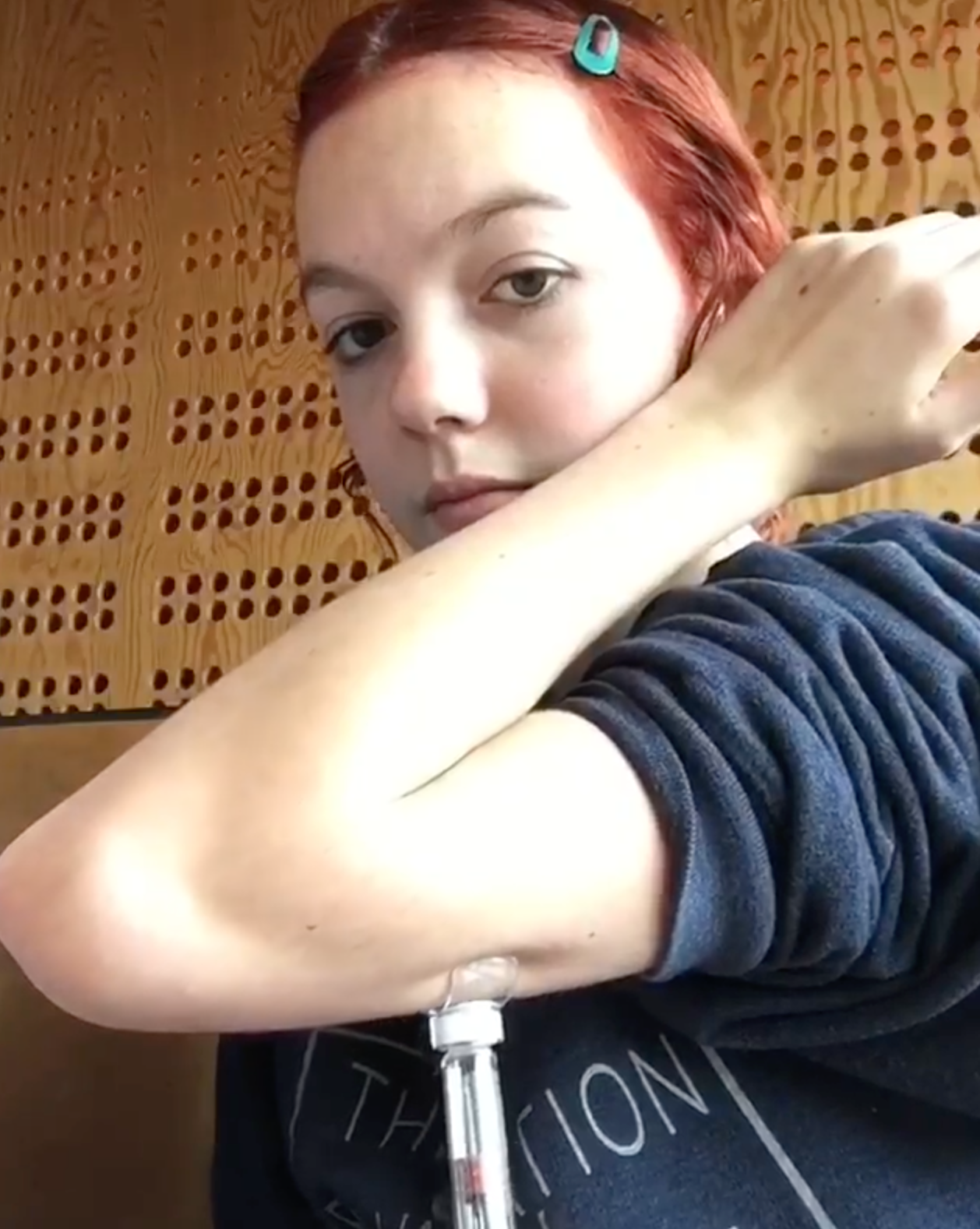
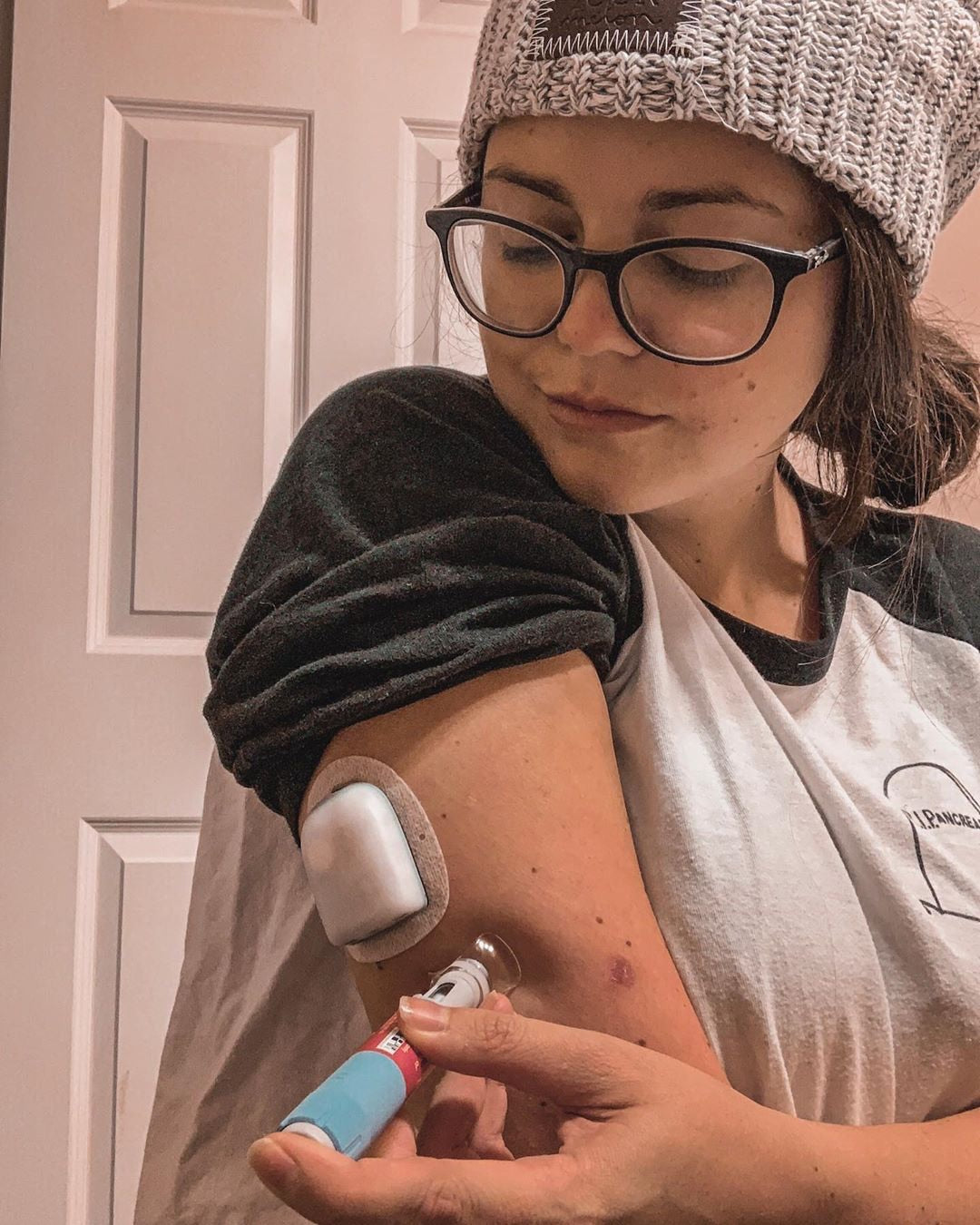
Proper Injection Practices
Use the Correct Injection Depth
Why: Insulin should be injected into the subcutaneous (fatty) tissue, not into muscle, as muscle absorption is faster and can cause blood sugar to drop too quickly. Ensure you’re using the proper needle length and angle to reach the fat layer.
Inject at a 90-Degree Angle
Why: For most people a 90-degree angle ensures insulin reaches the subcutaneous tissue. However, if you have low body fat, a 45-degree angle might be necessary. Consult with your doctor to see if using Steady Shot is right for you.
Don't Reuse Needles
Why: Reusing needles can dull them, increasing pain and the risk of infection. Used needles can also bend, leading to inaccurate injections, and they increase the risk of lipohypertrophy.
Rotate Injection Sites
Why: Repeated injections in the same spot can cause lipohypertrophy (lumps of fat under the skin), which can impair insulin absorption, leading to inconsistent blood glucose control. Rotating between different areas (abdomen, thighs, buttocks, arms, and side torso) helps prevent this.
Avoid Injecting into LH
Why: Scar tissue or lipohypertrophy from previous injections can affect insulin absorption, making it less predictable. Choose a fresh site within the same general area to ensure consistent absorption.
Inject at Room Temperature
Why: Cold insulin can be more painful to inject and may lead to slower absorption. Keep insulin at room temperature for injections (but store it properly in the fridge when not in use).
Don’t Rub the Injection Site After Injecting
Why: Rubbing the site can cause insulin to absorb too quickly, potentially leading to a rapid drop in blood sugar. Let the injection sit undisturbed for a smooth and predictable absorption rate.
However: If you need your insulin to inject quickly to lower blood sugar, consult with your doctor if this is an acceptable practice.
Wait a Few Seconds Before Withdrawing the Needle
Why: Waiting for about 5-10 seconds after injecting helps ensure that the full dose of insulin is absorbed and prevents insulin leakage from the injection site.
Check for Proper Insulin Flow Before Injecting
Why: Prime your insulin pen (usually by releasing a small drop of insulin) before injecting to ensure the needle isn't clogged and the pen is delivering insulin correctly. This ensures an accurate dose.
Choose Injection Sites Based on Insulin Type
Why: Fast-acting insulin is best injected into areas with faster absorption rates (like the abdomen), while long-acting insulin benefits from slower absorption sites (like the thighs or buttocks).
Consult with your doctor to discuss proper site rotation and injection practices.
Steady Shot - (Two Pack)
Share
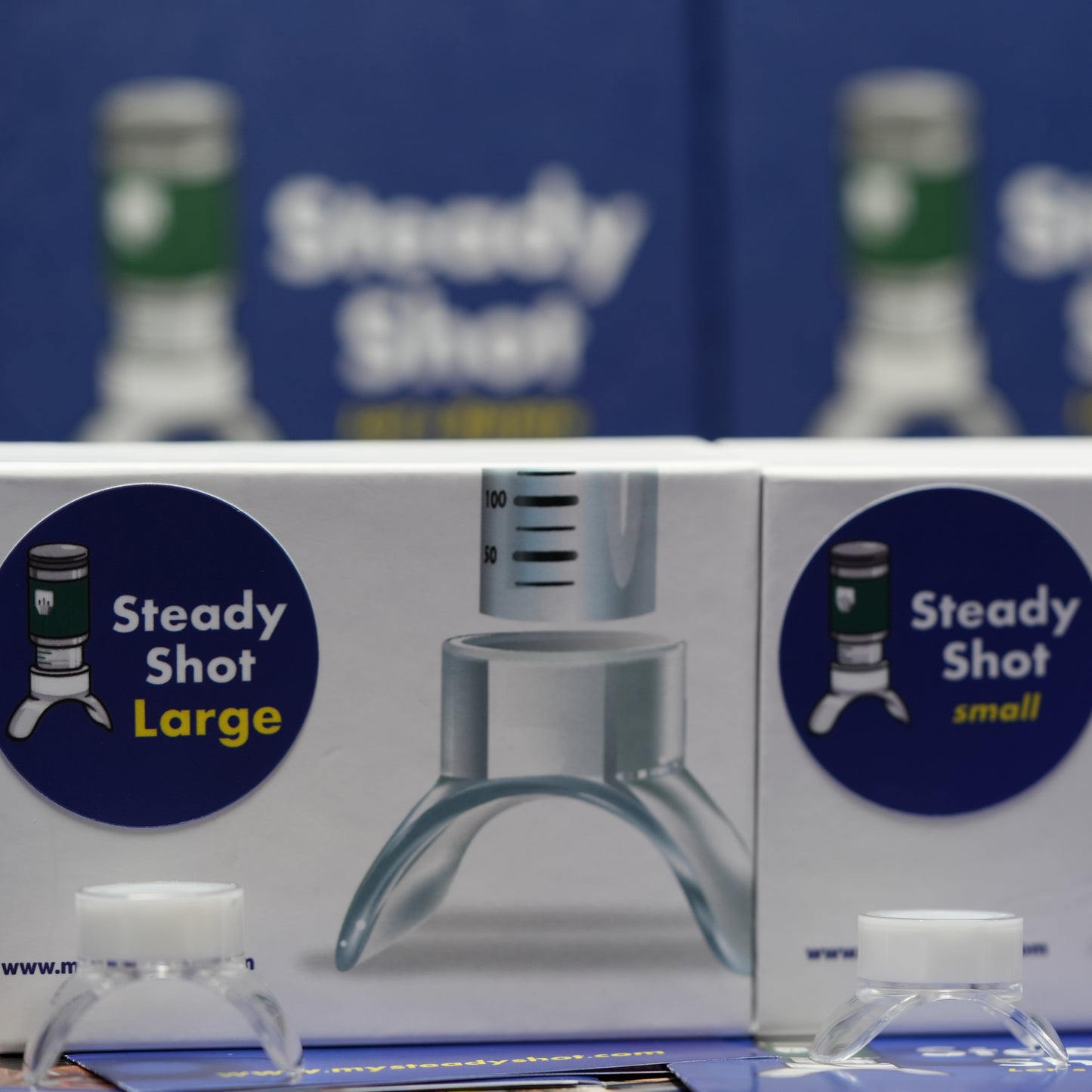
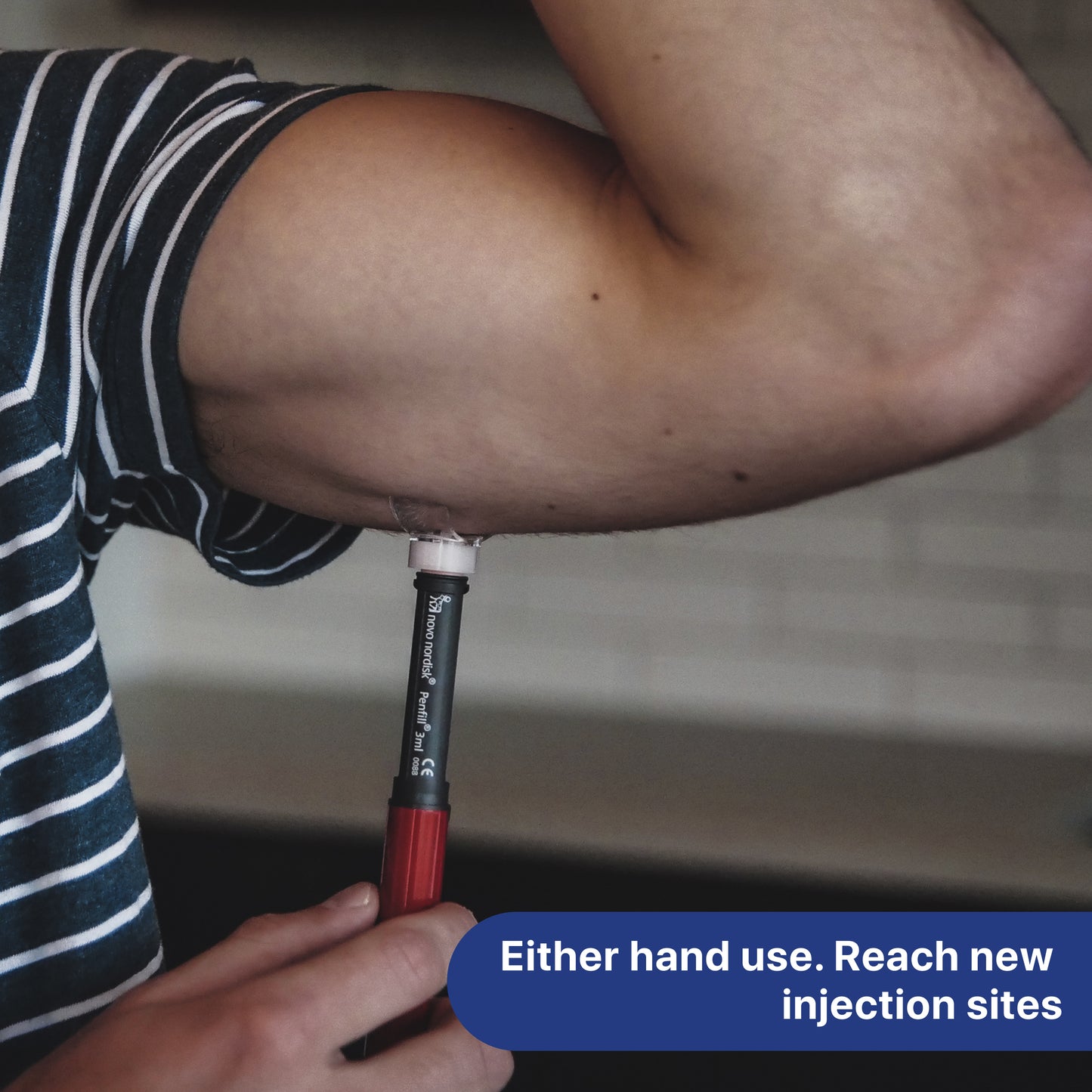
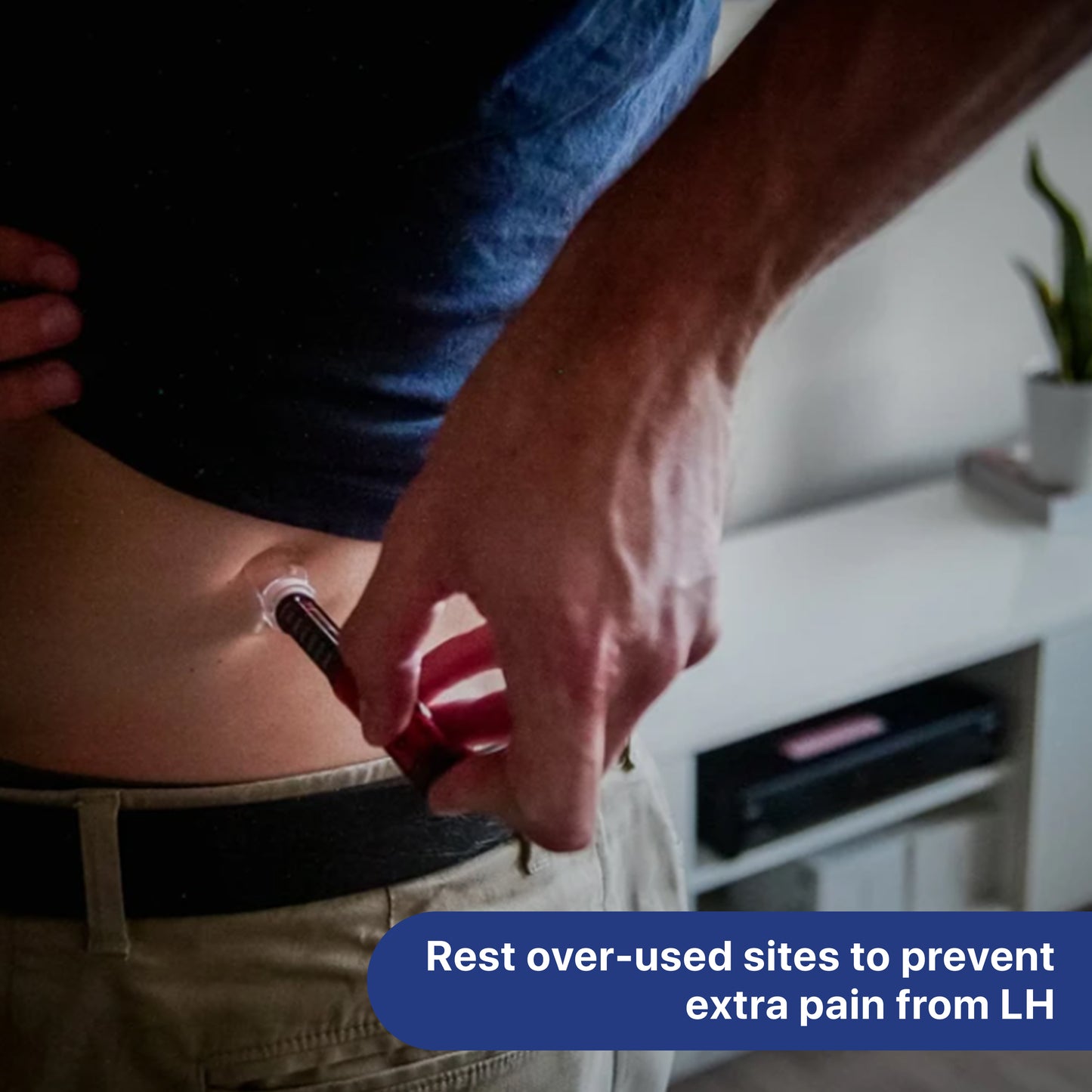

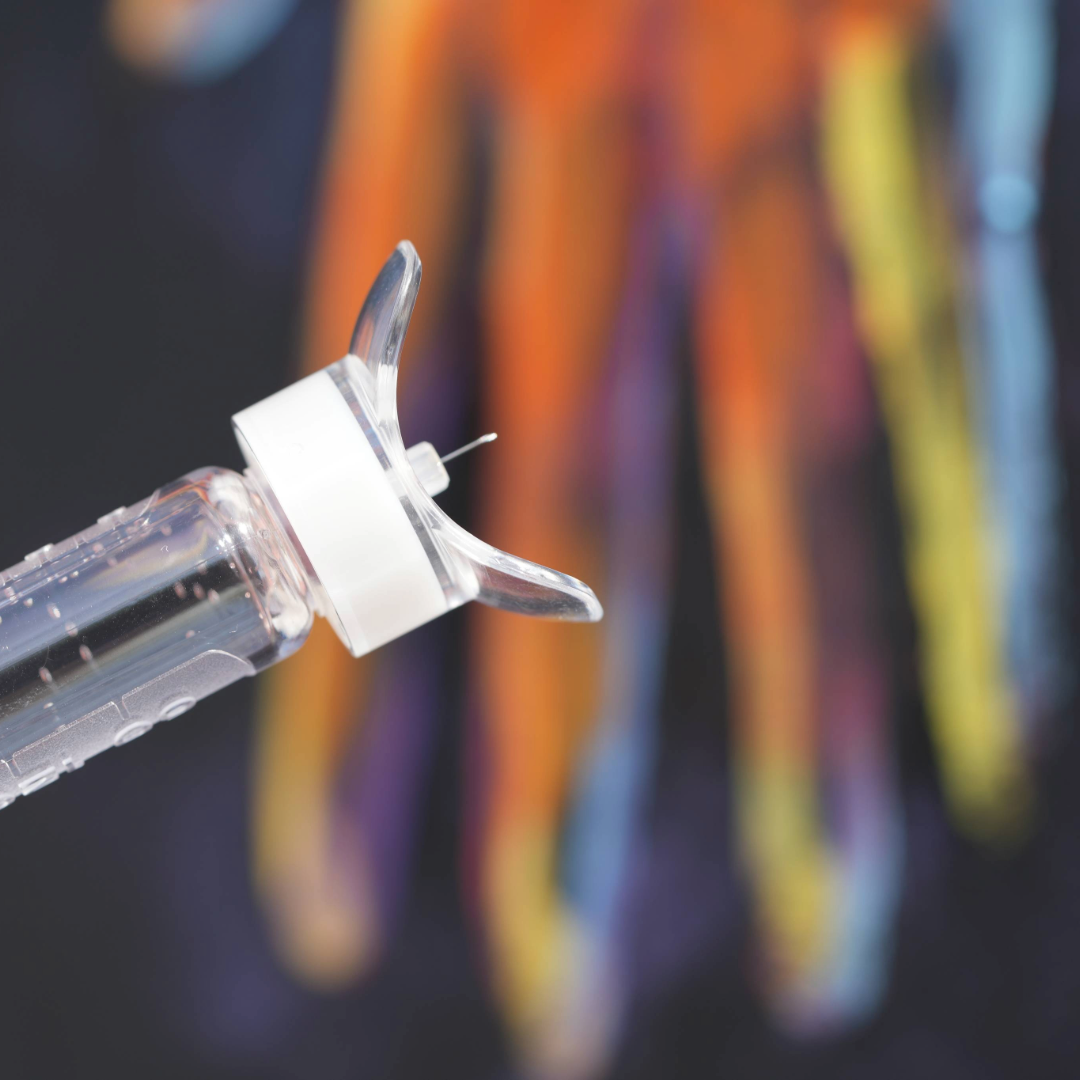
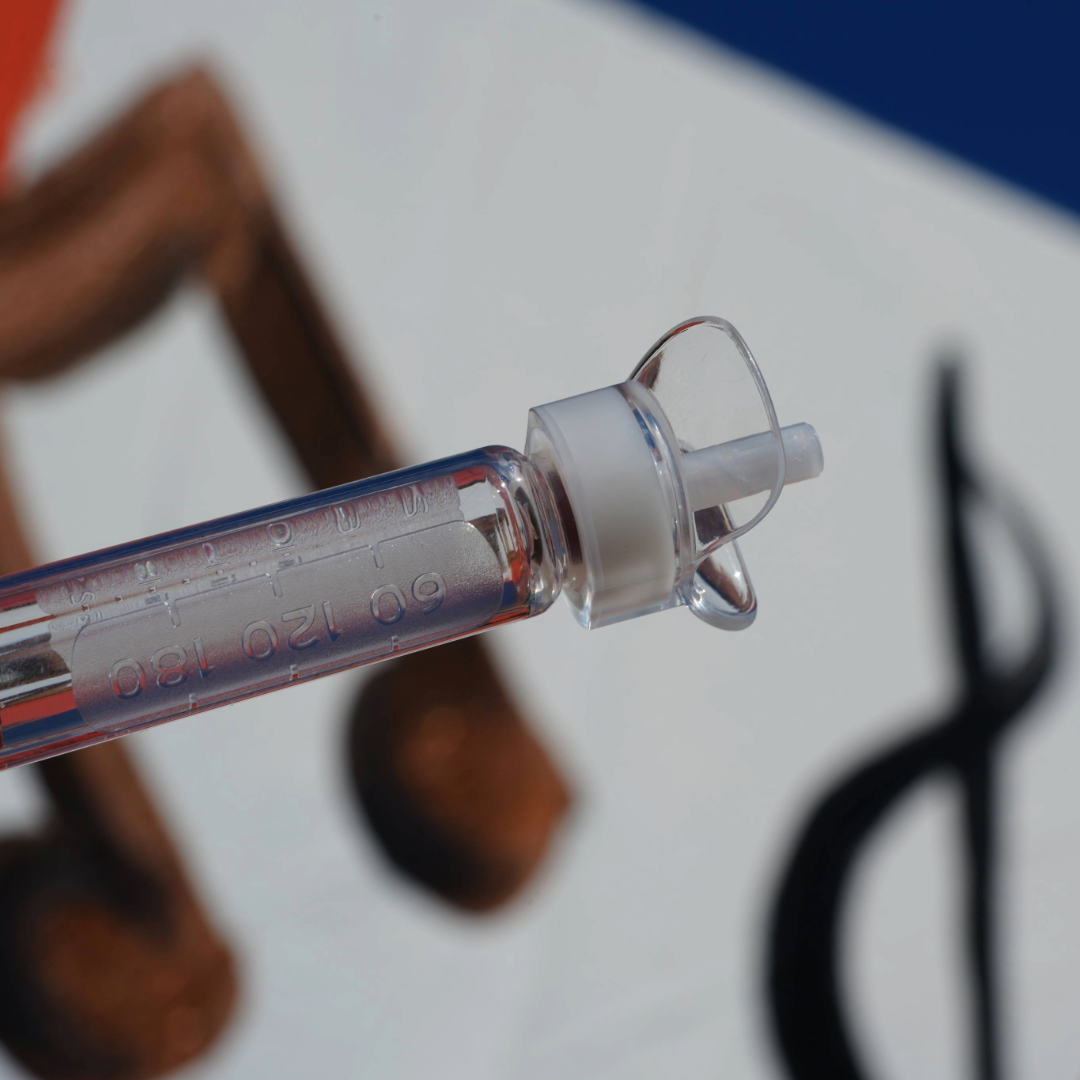


Subscribe to our emails
Be the first to know about new collections and exclusive offers.
Let customers speak for us
from 49 reviewsThe study shot had allowed me to use more injection sites than before ! Thanks Shawn to you and your team for this product !
Steady Shot was packaged well. I am 74 yr old, type 2, female with tremors and Steady Shot helps with injections. Now I am not limited to where I can inject insulin. Thankful I read Shawn's article in Diabetic Living. Thank You Shawn. Alice
Las Cruces New Mexico
This was purchased for my sister to have a backup in her travel bag. It's too bad you don't sell them in sets of two and three or four. This is been a marvelous tool for my sister. She heard about it on a program for entrepreneurs in Milwaukee. Since using this tool the diabetes is becoming more under control as she is able to use it in other places on her body that she could not before. She got such pain from doing her shot in her stomach all the time that she would skip doses because of the pain and now due to consistent shots the diabetes is more under control. This is a great tool and every Dr. Who Scripts insulin should make sure to introduce this tool.
Sorry, I haven’t had a chance to use it yet, but when I do I’ll certainly give you a shout out. Saw your product on Pitch It. Great idea!
It’s been such a great relief getting to use other areas that I couldn’t do without this device.
After purchasing Steady Shot, we received a personal letter from the company. This made my daughter who has type 1 feel special and loved. She is returning to school, and now she won’t have to lean against a wall to give herself a shot in her upper arm. Thank you, Steady Shot, for making my daughter feel like she is in control and can do this.
Steady shot makes it so easy to inject insulin in hard to reach places with one hand its just a fantastic product.
We got this to help my dad be able to give himself his shots better and so far so good! He asked us to order another one so he could have a spare! He has a condition(CMT) that causes him decreased use of his hands so this helps him control his injections as he was going too deep.
I’ve been on mdi and flex pens for most my diabetes life . I have a hard time mentality using pumps so I stick with pens . Shots aren’t any easier but the steady shot has changed all of that for me . I have more options for injections , less pain and irritation , doses don’t leak or worry over getting the full dose . It just simply makes injecting for me easy .
I ordered one for my 8 mm size needles however I use 4 mm and 5 mm depending on where I’m injecting so I’m going to order one for each of those two very satisfied repeat customer
I love the freedom the steady shot gives me with my injections. I was always needing help giving shots in alternate spots, but now I can do them myself. It also makes sure I don't go too deep with the needle. Great product, will probably buy another to keep in my go-kit.
Have not received it I am looking forward to receive it
Steady Shot For Pen Needles
I have only used it a couple of times. but I like it I no longer have to pinch my skin while my mom gives me my injection
I've always been a little apprehensive about getting needles regardless of how small they may be. Now with the Steady Shot I don't have any problems at all.

